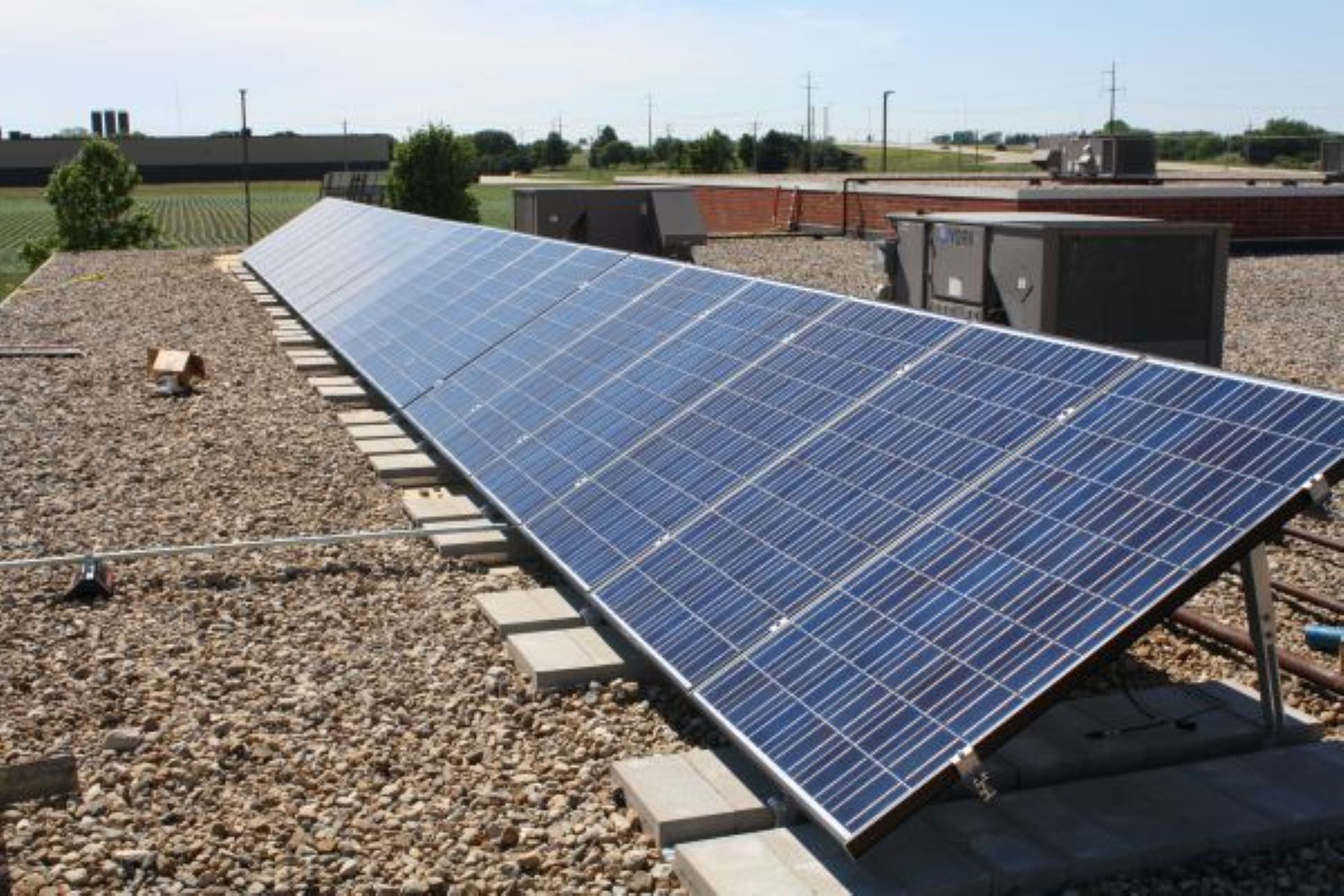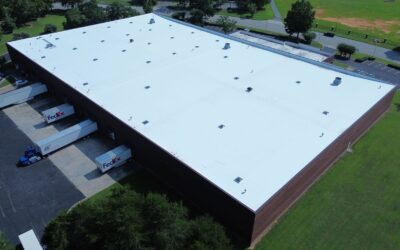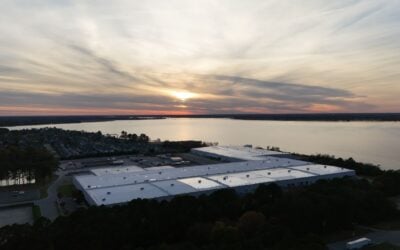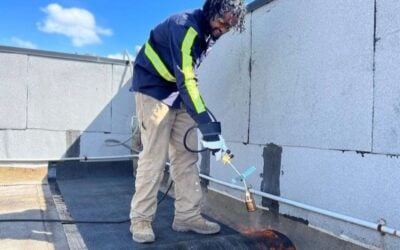In today’s environmentally-conscious world, businesses are increasingly looking for ways to reduce their carbon footprint, save on energy costs, and improve their sustainability efforts. One of the most effective ways to achieve these goals is by integrating solar panels into your commercial roofing system. Solar energy has grown significantly in popularity due to advancements in technology and a growing emphasis on renewable energy.
If you’re considering solar panel installation for your commercial property, it’s essential to understand how to properly integrate them with your roof to ensure optimal performance, longevity, and safety. Below, we’ll explore the steps to integrating solar panels into your commercial roofing system and the benefits that come with it.
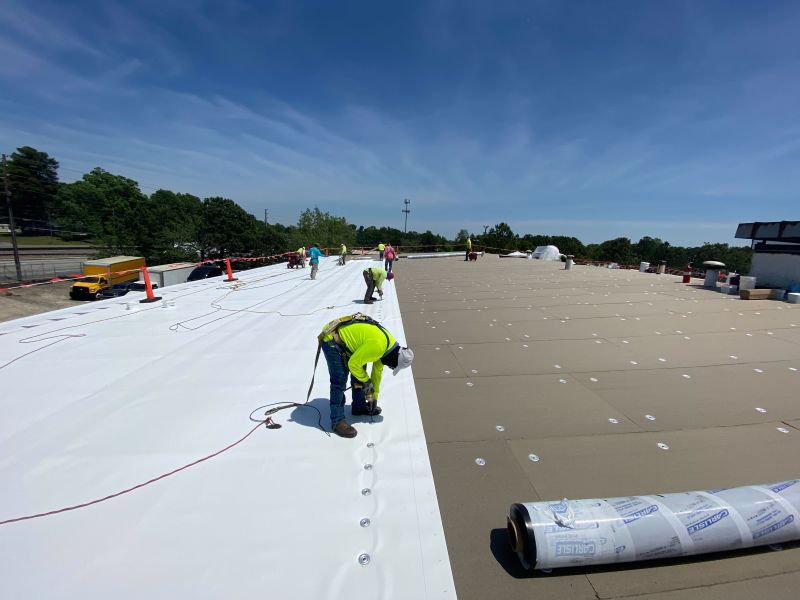
1. Assess Your Roof’s Suitability
Before diving into the solar installation process, it’s important to evaluate whether your existing roofing system is capable of supporting solar panels. Not all commercial roofs are ideal for solar panel installations. Factors such as the roof’s age, structure, and overall condition play a significant role in determining if solar panels are feasible.
- Roof Age & Condition: Older roofs may need to be replaced or repaired before solar panels can be installed. A weak or deteriorating roof may not be able to support the weight of the solar panels, which could result in future problems like leaks or structural damage.
- Roof Type: Different types of commercial roofs (e.g., flat, pitched, metal, TPO, EPDM) may require different installation methods. Flat roofs are the most common choice for solar panel installations due to the ease of mounting and positioning the panels at optimal angles.
- Available Space: The more space you have, the more solar panels you can install. Ensure that your roof offers enough surface area to support the number of solar panels you need to generate the desired amount of energy.
2. Choose the Right Solar Panel System
Once your roof has been evaluated and determined to be suitable for solar panels, the next step is to select the right solar energy system. There are two main types of solar panel systems: roof-mounted and ballasted systems.
- Roof-Mounted Systems: This type of installation involves directly mounting the solar panels onto your roofing system, with the panels being secured by brackets or racking systems. Roof-mounted systems are common in commercial buildings, especially for flat or low-slope roofs.
- Ballasted Systems: In cases where a roof-mounted system is not ideal due to potential damage or weight constraints, ballasted systems are a great alternative. These systems use weights (often concrete) to hold the solar panels in place without the need for penetrations in the roof. Ballasted systems are typically used on flat roofs and are especially beneficial if your roof’s structure is sensitive.
When selecting solar panels, consider factors such as efficiency, cost, and manufacturer warranties. Opt for panels that suit the climate in your area and the amount of energy your business requires.
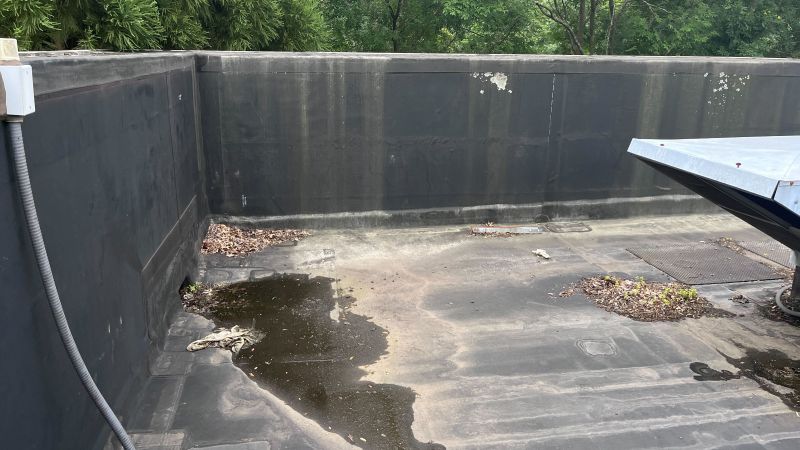
3. Work with Professionals for Proper Design & Engineering
While DIY solar panel installations might seem appealing, it’s important to hire professionals to ensure the system is designed and installed properly. A professional commercial roofing contractor with solar expertise can assess your roof’s suitability, recommend the right system, and take care of the engineering and installation.
- Structural Engineering: A solar panel system requires precise engineering to ensure the load is evenly distributed across your roof. A professional roofing contractor will determine how to properly mount and secure the panels to avoid any structural issues.
- Roof Penetration Considerations: Some systems may require roof penetration for wiring and mounting. It’s critical to ensure that these penetrations are sealed and waterproofed correctly to prevent leaks.
4. Ensure Proper Orientation & Angle
For solar panels to generate maximum energy, they must be positioned at the optimal angle and orientation. On flat commercial roofs, panels can be tilted to the correct angle to maximize sunlight absorption. The best angle typically depends on the geographic location of your building and the time of year.
A professional installer will know how to position the solar panels at the optimal angle to capture the most sunlight throughout the day. If your roof is sloped, the solar panels should be mounted to align with the slope and ensure maximum exposure to the sun.
5. Monitor & Maintain the System
After your solar panels are installed, it’s essential to regularly monitor and maintain the system to ensure its continued efficiency. Over time, dirt, debris, or damage to the panels can reduce their performance. Schedule regular maintenance to clean the panels, inspect the wiring, and check for any potential damage or wear.
Many solar panel systems come with monitoring technology that allows you to track the performance of the system and identify any issues before they become serious problems. Working with your roofing contractor for regular inspections and maintenance will ensure that your solar panels remain effective for years to come.
6. Reap the Benefits of Solar Integration
Integrating solar panels into your commercial roofing system offers a multitude of advantages:
- Lower Energy Bills: Solar panels can drastically reduce your reliance on grid power, saving you money on monthly energy costs.
- Increased Property Value: Properties with solar panel systems tend to have higher market value, which can be a great selling point if you decide to move or sell.
- Tax Incentives & Rebates: Many states and the federal government offer tax credits and rebates for businesses that install solar systems. These incentives can significantly reduce the initial investment.
- Environmental Impact: Solar energy is clean and renewable, helping your business contribute to sustainability efforts and reduce your carbon footprint.
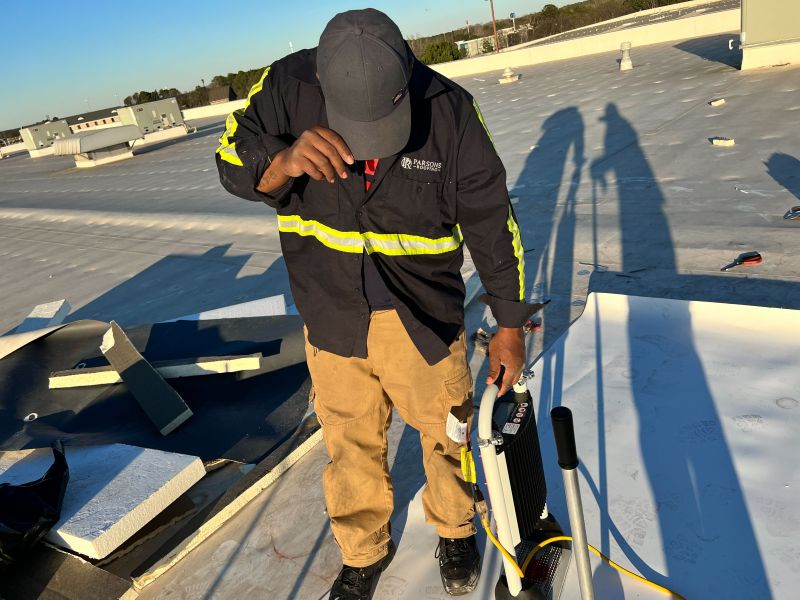
Conclusion
Integrating solar panels into your commercial roofing system is an investment that pays off in terms of reduced energy costs, increased property value, and environmental responsibility. By properly assessing your roof, choosing the right system, working with professionals, and maintaining the installation, you can enjoy the long-term benefits of solar energy. With the right steps, your commercial roof can become a powerful asset for both your business and the planet.
If you’re considering solar panel integration, contact a trusted commercial roofing company with experience in solar installations to guide you through the process.

